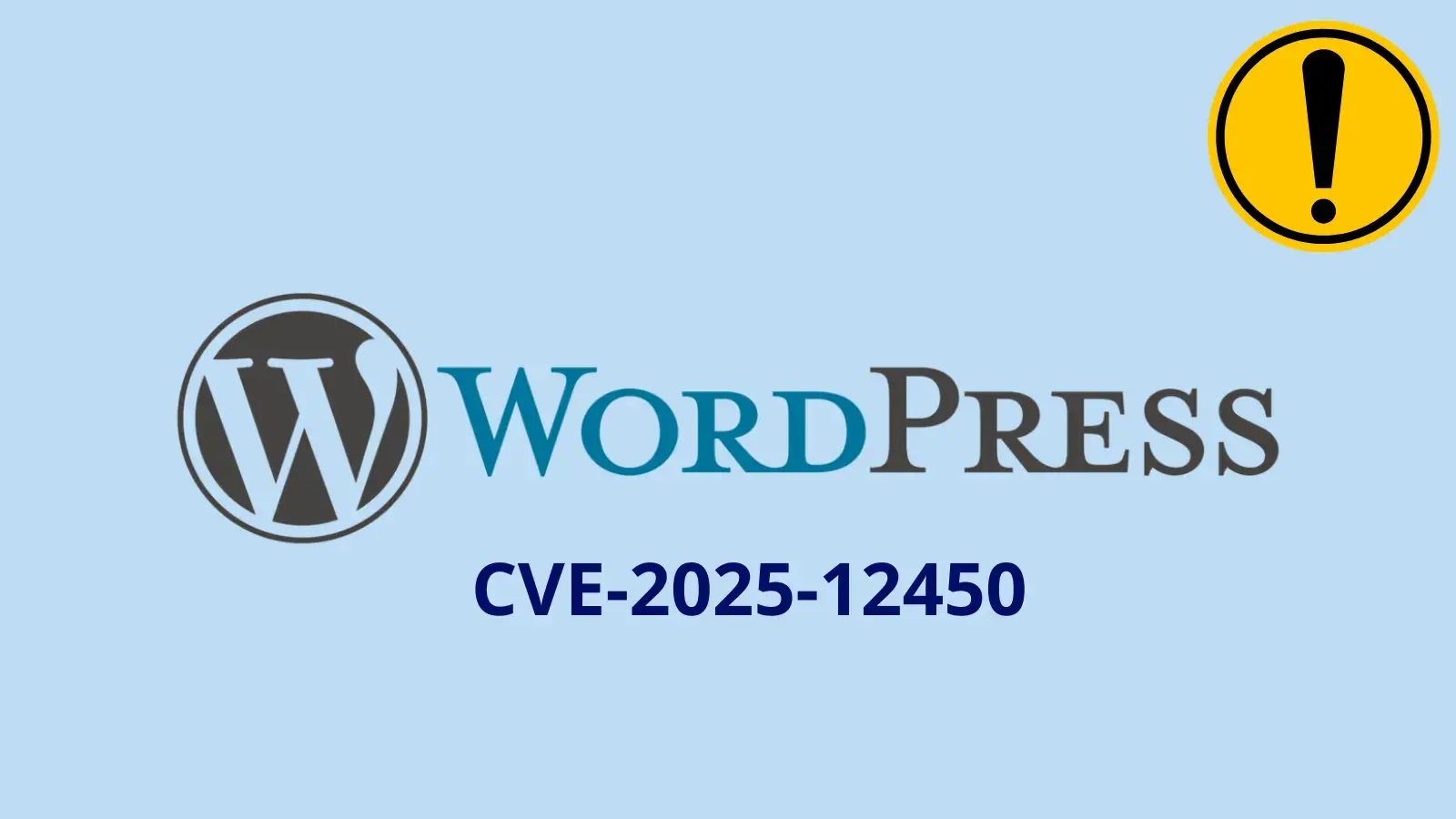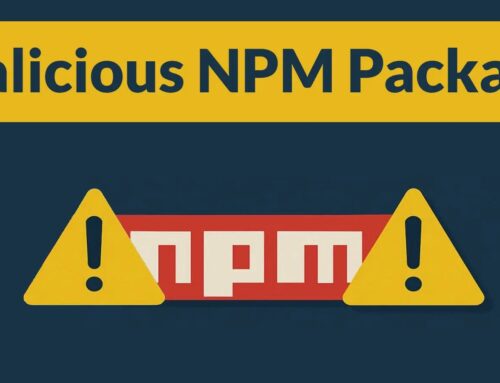
WordPress Plugin Vulnerability Exposes 7 Million Sites to XSS Attack
The digital landscape is once again highlighting the critical importance of vigilant cybersecurity. A significant cross-site scripting (XSS) vulnerability has been uncovered within the highly popular LiteSpeed Cache plugin, impacting a staggering 7 million WordPress sites globally. This widespread exposure underscores the persistent threat posed by plugin vulnerabilities and the potential for malicious actors to compromise both site integrity and user data.
This critical flaw, tracked as CVE-2025-12450, presents a substantial risk to website visitors and administrators alike. Given LiteSpeed Cache’s position as one of the most widely adopted performance optimization tools within the WordPress ecosystem, the implications of this vulnerability are far-reaching and demand immediate attention.
Understanding the LiteSpeed Cache Vulnerability
The vulnerability identified in the LiteSpeed Cache plugin is a persistent Cross-Site Scripting (XSS) flaw. XSS attacks allow attackers to inject malicious scripts into trusted websites. When a user visits an affected page, their browser executes these scripts, potentially leading to a range of undesirable outcomes.
- Session Hijacking: Attackers can steal session cookies, gaining unauthorized access to user accounts.
- Defacement: Malicious scripts can alter the appearance or content of a website.
- Malware Distribution: Redirecting users to malicious sites or downloading unwanted software.
- Data Theft: Capturing sensitive information entered by users, such as credentials or personal data.
For a plugin with such a vast user base, an XSS vulnerability translates to a substantial attack surface, making millions of websites and their visitors susceptible to these types of exploits. The fact that the LiteSpeed Cache plugin is designed to optimize performance means it often interacts deeply with various parts of a WordPress site, potentially increasing the impact scope of such a flaw.
Impact on WordPress Ecosystem
WordPress powers over 40% of all websites on the internet. While its open-source nature fosters innovation, it also means that vulnerabilities in popular plugins can have a disproportionately large impact. The LiteSpeed Cache plugin is a prime example, being installed on millions of sites to enhance speed and user experience.
The discovery of CVE-2025-12450 serves as a stark reminder that even well-maintained and widely used plugins can harbor critical security flaws. For site administrators, this necessitates a proactive approach to plugin management, including regular updates and diligent security checks.
Remediation Actions
Immediate action is crucial to mitigate the risks associated with this vulnerability. If your WordPress site uses the LiteSpeed Cache plugin, follow these steps:
- Update Immediately: Ensure your LiteSpeed Cache plugin is updated to the latest secure version. Developers typically release patches swiftly for critical vulnerabilities. Check your WordPress dashboard for available updates for the plugin.
- Audit Your Site: After updating, consider performing a security audit of your WordPress site to ensure no malicious scripts were injected prior to the patch being applied. Pay particular attention to comments, user-generated content, or any areas where unsanitized input might have been stored.
- Implement a Web Application Firewall (WAF): A WAF can provide an additional layer of defense by filtering and monitoring HTTP traffic between a web application and the Internet, potentially blocking XSS attempts even before they reach your site.
- Regular Backups: Maintain regular, secure backups of your entire WordPress installation (files and database). This allows for quick restoration in the event of a successful compromise.
- Educate Users: If you have multiple administrators or content creators, ensure they are aware of common XSS vectors and best practices for creating secure content.
Security Tools for Detection and Mitigation
Leveraging appropriate tools can significantly enhance your ability to detect and mitigate web vulnerabilities, including XSS.
| Tool Name | Purpose | Link |
|---|---|---|
| WPScan | WordPress vulnerability scanner, identifies outdated plugins and known vulnerabilities. | https://wpscan.com/ |
| Sucuri Security | WordPress security plugin for malware scanning, firewall, and intrusion detection. | https://sucuri.net/wordpress/ |
| Wordfence Security | Comprehensive WordPress security plugin with firewall, malware scanner, and login security. | https://www.wordfence.com/ |
| Cloudflare WAF | Cloud-based Web Application Firewall offering DDoS protection and attack mitigation. | https://www.cloudflare.com/waf/ |
Protecting Your WordPress Site from Future Threats
While specific vulnerabilities like CVE-2025-12450 demand immediate attention, the broader lesson remains the importance of a holistic security posture. Regularly updating all plugins and themes, using strong, unique passwords, implementing two-factor authentication, and subscribing to security advisories from reputable sources are all critical components of maintaining a secure online presence.
The cybersecurity landscape is dynamic, with new threats emerging constantly. Proactive security measures, coupled with rapid response to discovered vulnerabilities, are essential for protecting both your digital assets and the trust of your users.





